Anyone else growing exclusively indoors?
bonsai_citrus_and_indoor_gardening
2 years ago
Featured Answer
Sort by:Oldest
Comments (64)
alexcm [z6a]
2 years agobonsai_citrus_and_indoor_gardening
2 years agoRelated Discussions
Anyone else growing moss species in pots?
Comments (23)deep_woods, Thanks for your tips....I have become moss obsessed and have found very little info on the web for growing it in containers. I hope to eventually take it outside, but for now, I am focusing on growing it indoors in several types of containers including: under a cloche, in a hanging terrarium (with a hole in the front), in a jar, and in a small bowl with no covering. I have harvested moss in my area (Philadelphia), where it grows all over the rocks and in cracked pavement (almost no soil at all), and even on debris-filled pot holes. From your previous conversations, I gather that taking some of the native soil/debri for the containers would be a good idea. Just as brendainva, I am growing in containers that have no drainage holes. I also gather that you would not suggest pebbles, clay balls, or charcoal at the bottom? These are suggestions I have heard from other sites. As I mentioned, most of the moss here, which is short, bold green, and clumpy, grows on extremely nutrient poor areas such as rocks and walls. Which makes me think it might do well on some rocks/pebbles. Although I cannot tell you what species it is, what are your thoughts on this? You said, "Shallow containers with fertilizer and warm weather and regular misting or watering from above with some mosses can lead to doubling the moss in a month." What type of fertilizer are you referring to? Eventually I would like to add some ferns or other native plants to my moss terrariums. For now, however, I am focusing on the moss. Thanks so much!! We need a MOSS FORUM QUICK! If you have any other sites or articles that you would recommend, pleeease send them my way....See MoreWhere else to get Burpee exclusives?
Comments (13)Wow! What wonderful friends I have here! Each of you is so kind! And Carol gets the golden crystal ball for reading my mind. Miraje, Ez, Chandra & Telow, thanks for the wonderful suggestions. I really appreciate them. Now that the TLC in Midwest City is gone, I rarely think of them. The only time I'm already in the neighborhood is when I'm transporting a sick child to and from the doctor, and that's hardly the time to stop and peruse the seed rack. I need to make it a destination. The nice folks at Atwoods may be thinking about turning me in for harrassment. I've been calling every day since December 26 to ask if the seed racks are up. I recognize their voices, so I know they recognize mine! I had never thought to call Marcums, but just did and they told me they carry a different brand, not Burpee. Ez, Remy is a lovely lady. We used to trade seeds before she opened her shop. She was a wonderful trader, so I'm not at all surprised she is doing well with her business. I am happy for her, and you are in good hands. Carol and Paula, thanks for looking for me. We girls love a good hunt! Dawn, Carol, Jay and Larry, thank you for your kind offers of seeds and plants. You guys rock! One thing is for sure, no one on this forum will ever go tomato-less unless they want to! Sorry for the slow response. I returned to work on Tuesday after what I'm calling a pseudo-FMLA leave of absence. The first week back into the routine is tough....See MoreLime Green Salad dwarf tomato --- is anyone else growing it?
Comments (25)Hi NC, Today's (8-22-2017) update: Counted over 20 fruits set so far, from pea size to egg size -- setting a lot more fruit now, than before. Probably because it's mid-Summer, and thus setting faster than in the cooler Spring. Many dozens of blossoms that look ready to set lots more. Removed a couple of brown leaf branches --- no disease that I could see, just old age (planted 3-27, so it's been outside for nearly 150 days now). Tony ---------------------------------------------------------------------------------------------- p.s. comparing the super healthy Lime Green Salad to the highly disease resistant Margo VFFT Hybrid behind it (which is dying from Septoria). Margo --- big producer of nearly tasteless perfectly round red tomatoes --- I'll be pulling it out in a few days....See MoreAnyone else growing lisianthus for the first time?
Comments (12)Do they set viable seed? They can be had in the UK, but usually as pelleted seed and very spendy. The type of plants which need to be grown in a generous mass so spending £££ on 25 seeds is not really my cup of tea...unless seeds can be collected for future sowing.I would like to grow a coupla hundred so I can guiltlessly pick for a vase (or 2). It is very rare indeed, that I buy seeds. Since saving my own, germination rates of everything doubled and I can also collect abundant amounts. Hardy geraniums, for example, are sold in packets of 8-10 seeds whereas I can collect many dozens using brown paper bags and patience. Since I generally prefer the simple species and avoid sterile hybrids, seed collecting was a revelation to me....See MoreMeyermike(Zone 6a Ma.)
2 years agoAlex [Lithuania z6a]
2 years agolast modified: 2 years agobonsai_citrus_and_indoor_gardening
2 years agobonsai_citrus_and_indoor_gardening
2 years agobonsai_citrus_and_indoor_gardening
2 years agoKen B Zone 7
2 years agobonsai_citrus_and_indoor_gardening
2 years agoSilica
2 years agoMeyermike(Zone 6a Ma.)
2 years agoKen B Zone 7
2 years agoponcirusguy6b452xx
2 years agobonsai_citrus_and_indoor_gardening
2 years agoLemon Lime Orange Zone 6a
2 years agolast modified: 2 years agoannieplantsny
2 years agobonsai_citrus_and_indoor_gardening
2 years agoLemon Lime Orange Zone 6a
2 years agoLemon Lime Orange Zone 6a
2 years agoLemon Lime Orange Zone 6a
2 years agoLemon Lime Orange Zone 6a
2 years agoLemon Lime Orange Zone 6a
2 years agoannieplantsny
2 years agobonsai_citrus_and_indoor_gardening
2 years agoLemon Lime Orange Zone 6a
2 years agolast modified: 2 years agoannieplantsny
2 years agoLemon Lime Orange Zone 6a
2 years agolast modified: 2 years agobonsai_citrus_and_indoor_gardening
2 years agoKen B Zone 7
2 years agobonsai_citrus_and_indoor_gardening
2 years agobonsai_citrus_and_indoor_gardening
2 years agoponcirusguy6b452xx
2 years agobonsai_citrus_and_indoor_gardening
2 years agobonsai_citrus_and_indoor_gardening
2 years agobonsai_citrus_and_indoor_gardening
2 years agobonsai_citrus_and_indoor_gardening
2 years agoannieplantsny
2 years agobonsai_citrus_and_indoor_gardening
2 years agobonsai_citrus_and_indoor_gardening
2 years agoLemon Lime Orange Zone 6a
2 years agoannieplantsny
2 years agobonsai_citrus_and_indoor_gardening
2 years agoLemon Lime Orange Zone 6a
2 years agolast modified: 2 years agobonsai_citrus_and_indoor_gardening
2 years agoLemon Lime Orange Zone 6a
2 years agobonsai_citrus_and_indoor_gardening
2 years agoLemon Lime Orange Zone 6a
2 years agoLemon Lime Orange Zone 6a
2 years agolast modified: 2 years ago
Related Stories

HOUSEPLANTS10 Top Plants to Grow Indoors
Brighten a room and clean the air with a houseplant that cascades artfully, stretches toward the ceiling or looks great on a wall
Full Story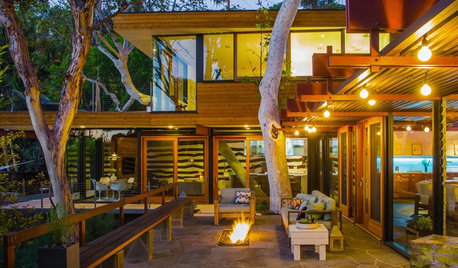
HOUZZ TVHouzz TV: A Most Unusual Indoor-Outdoor Connection
A giant California Sycamore grows through this dream house in the hills of Los Angeles
Full Story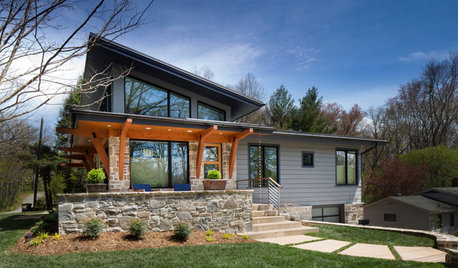
CONTEMPORARY HOMESHouzz Tour: A ’60s Ranch House Grows Up and Out
A family’s ranch house gets an addition, high ceilings and new indoor-outdoor living spaces
Full Story
HOUSEPLANTS8 Essentials for Healthy Indoor Plants
Houseplants add so much to our homes — and can thrive when grown in the right conditions. Keep these tips in mind
Full Story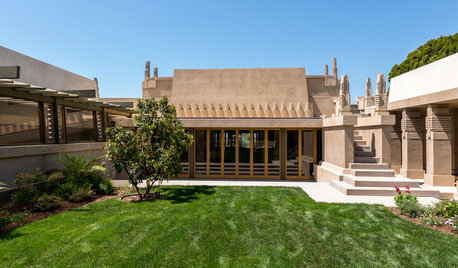
MOST POPULARExclusive Video of Wright’s Jaw-Dropping Hollyhock House
Immerse yourself in the stunningly restored Frank Lloyd Wright masterpiece
Full Story
FARM YOUR YARDHow to Grow Vegetables in Containers
Get glorious vegetables and fruits on your patio with a pro’s guidance — including his personal recipe for potting mix
Full Story
HOUSEPLANTSPlay Up Some Fiddleleaf Figs for a Lively Indoor Tune
Strike a dramatic chord in a minimalist scene or a country note in a rustic setting — fiddleleaf fig plants harmonize with any style
Full Story
GARDENING AND LANDSCAPINGGrow a Lush Privacy Screen
No need to wait forever for patio privacy the green way. These 10 ideas will get your screening up and running in no time
Full Story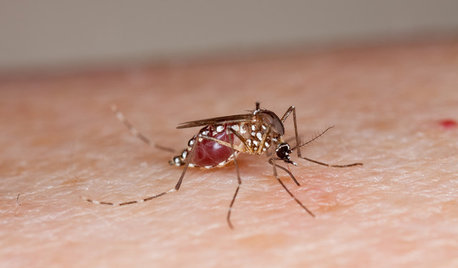
HEALTHY HOMEHow to Get Rid of Mosquitoes Indoors and Out
Follow these tips to keep your summer bite-free and healthy despite the uptick in mosquito-borne diseases
Full Story
EDIBLE GARDENSHow to Grow 10 Favorite Fruit Trees at Home
Plant a mini orchard in fall, winter or early spring to enjoy fresh-off-the-tree fruit the following year
Full StorySponsored
Columbus Design-Build, Kitchen & Bath Remodeling, Historic Renovations



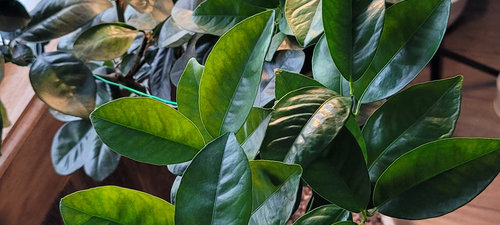
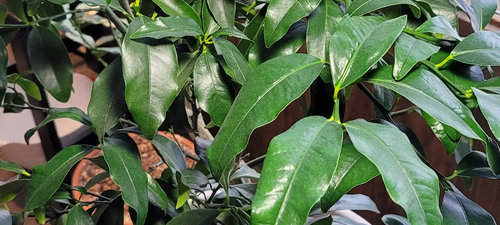
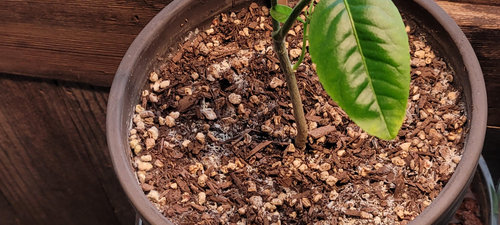
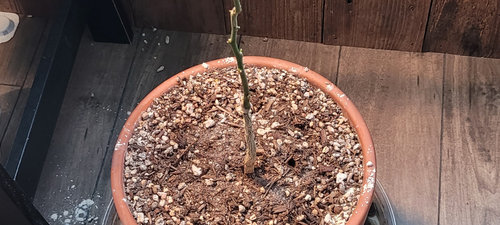

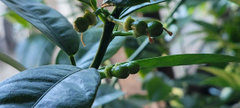
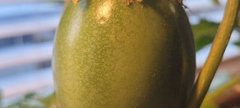



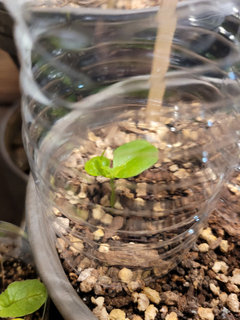
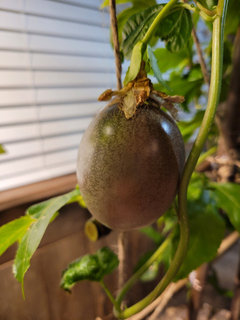
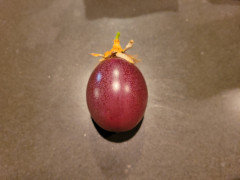
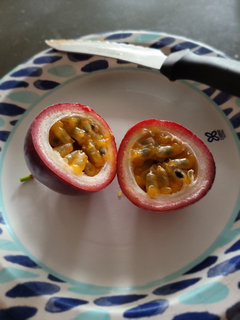



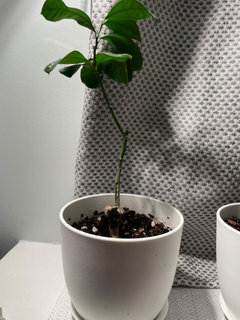
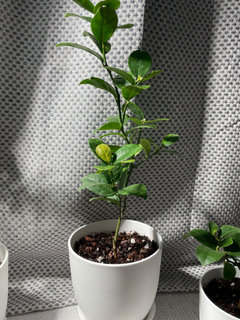
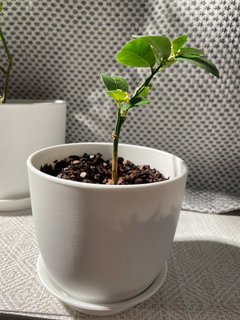
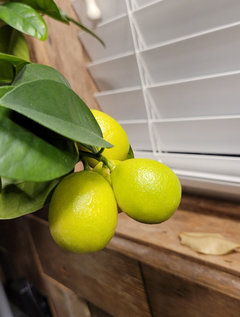
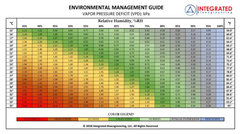
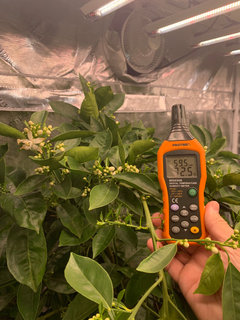
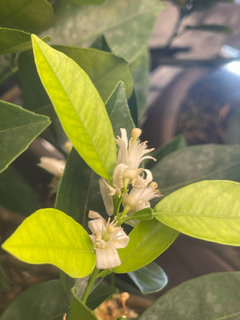

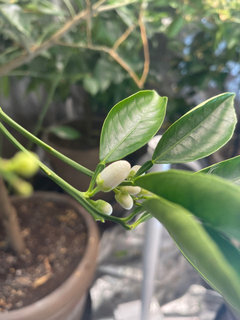
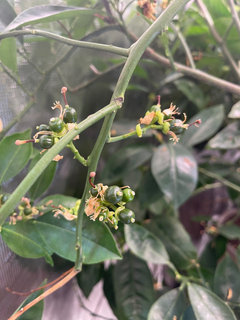

bonsai_citrus_and_indoor_gardeningOriginal Author